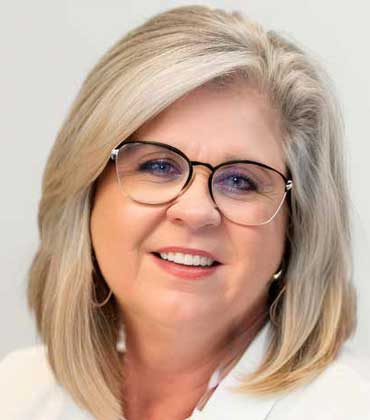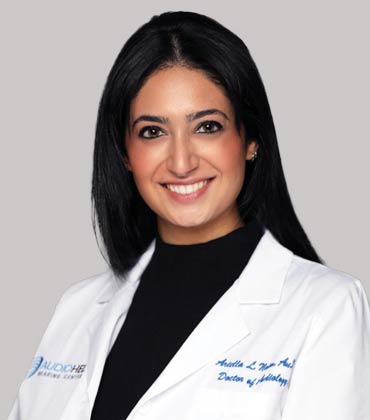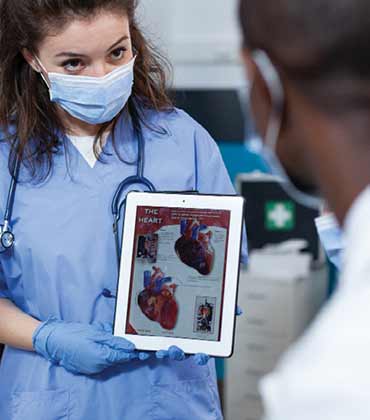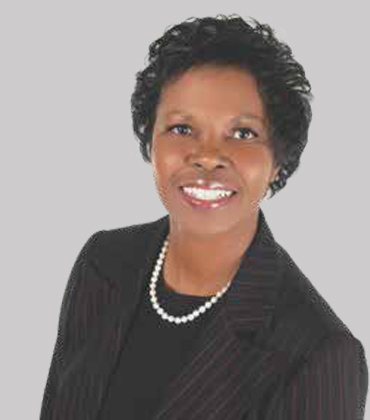Thank you for Subscribing to Medical Care Review Weekly Brief
- Home
- November 2025
Medical Care Review: Specials Magazine
For over 25 years, Hearing Partners has been a trusted provider of audiology services in Southern Palm Beach County, earning a stellar reputation for delivering client-centric hearing solutions. Using top-of-the-line diagnostic equipment, it accurately identifies hearing loss and delivers effective treatment that helps patients preserve quality of life. Setting Hearing Partners apart is its focus on delivering personalized hearing solutions. Guided by their tagline, ‘we listen, we care and we partner’, every patient is approached with a custom plan tailored to their needs and lifestyle. The aim is to create a solution that the patient will use and benefit from. As an independent private practice, it is not aligned with any manufacturer, ensuring its loyalty is solely to the patient. “Our goal is to not just help people hear sounds, but to reconnect with their world and understand life again,” says Dr. Nimet A. Adam, president and clinical audiologist. Typical client journey begins with a comprehensive evaluation of the patient. Many individuals often report they can hear but not understand, particularly in noisy environments. Traditionally, treatments generally stop at dispensing hearing aids, with little emphasis on follow-up care and patient education on achieving best results. Hearing Partners starts every consultation by explaining that hearing is processed in the brain, not the ears. Untreated hearing loss reduces the brain’s auditory input over time, making speech interpretation more difficult. This cognitive understanding shapes the foundation of care. Once the evaluation is complete, the team selects a hearing aid that best matches the patient. They consider the size of the device, the level of technology required and the patient’s personal preferences. Hearing Partners works with all major hearing aid manufacturers, which allows them to recommend solutions that fit specific needs. After the hearing aid is fitted, the team immediately performs real ear measurement and functional gain testing to confirm that the device is precisely calibrated.
Top Remote Patient Monitoring Service 2025
Burt Lively is no stranger to Remote Patient Monitoring platforms, but his experience at Medify Health has opened his eyes to a transformational approach: simplicity. As the Head of Growth at Medify, he believes his most important role is to educate healthcare providers on the difference between the promise of an easier life through technology and the reality that many face. “New technology can often be complicated for both patients and practices,” Burt explains. “Medify’s goal is to make a real difference in patient lives and practice results, so we have focused on lowering barriers by providing full-service support, proactive patient strategy, and simplified tech where possible.” That approach has resonated widely, earning attention from providers and recognition from readers who recently voted Medify the top RPM service of 2025. Unlike vendors that primarily sell devices or software, Medify works as a virtual extension of the practice. The company provides cellular-enabled devices, enrolls patients, manages engagement, documents directly in the EMR, and handles billing until reimbursements are received. Patients experience the program as if it comes directly from their provider’s office, while practices see fewer administrative burdens, improved patient outcomes, and a reliable new revenue stream. At the heart of the model is what Medify calls “humanpowered connected care.” Cellular devices automatically transmit patient data, but the true impact comes from the consistent engagement of a care team that includes nurses, pharmacists, lifestyle coaches, and social workers. These professionals reach out to patients regularly—often multiple times each month—building accountability and trust while helping practices identify concerns before they escalate. Amy, a client of Medify, described how this design changed the way her clinics operate. “Patients don’t see this as a third-party program. They feel like the outreach is coming directly from our practices, which builds trust. And the practice staff is relieved— they’re no longer drowning in follow-up calls or paperwork.” The outcomes are meaningful. In one cardiology group, heart failure readmissions dropped by half after daily monitoring and consistent follow-up. A rural clinic reported a 25 percent decrease in HbA1c levels among diabetic patients within six months. Primary care groups using Medify have also reported steady reductions in all-cause hospitalizations, alongside financial gains that come without upfront cost. Security and compliance are woven into the model. Every encounter is documented directly in the EMR, devices transmit data through secure LTE connections, and monthly audits help ensure alignment with CMS requirements. For providers, this creates peace of mind. For patients, the technology is nearly invisible, leaving the focus on care rather than complexity..
IV Therapy Clinic
The trend for natural infusion or drip centers continues to grow nationally. As it does, one center in Minnesota, just 70 miles north of the world-famous Mayo Clinic, stands out as one of the best-trained, most experienced and trusted of these facilities nationwide. That site, known as the Advanced Health and Vitality Center (AHV) in Bloomington, Minnesota, offers its patients highly individualized care and treatment under the direct medical supervision of double board-certified medical doctor, Alyse Hamilton, MD. Beyond its unique IV center, AHV is also one of the best trained and most trusted sites for bioidentical hormone replacement therapy (BHRT), thyroid and adrenal gland balancing and immune system issues for both men and women. A Unique and Dedicated Approach Many drip centers tend to focus on ‘hydrations’ and so-called ‘hangover drips.’ While these basic services are available at AHV, many patients present with very serious health issues such as late-stage cancers, advanced Lyme disease, fibromyalgia, chronic infections and fatigue. Those individuals are carefully screened in a no-fee phone call. This pre-assessment process makes each new patient aware of the possibilities offered by AHV. The call also addresses each new patient’s initial questions. Serious medical issues are then supervised by the medical director, who is always on-site to ensure the safest, most effective care and treatments are offered and medically monitored.
Practitioner Insights

Transforming Mental Health through EMDR Therapy: A Leader's Perspective
Eileen Borski, LPC, Mental Health Counselor, Spring Health

Differences between Over-The-Counter Devices and Prescription Hearing Aids
Dr. Ariella Naim, Senior Audiologist, Audio Help Hearing Centers

The Application of Remote Monitoring technology in the Management of Heart Failure Patients
Ugochukwu O. Egolum, MD, FACC, Chief, Department of Cardiology, Northeast Georgia Health System
IN FOCUS
Transforming Healthcare Delivery with Remote Patient Monitoring Services
Remote patient monitoring services reshape healthcare by enhancing access, reducing hospital burdens, enabling proactive care, and leveraging digital technologies to improve patient outcomes and system efficiency worldwide.
The Sound of Innovation: Audiology's Technological Leap Forward
Audiology services are evolving with the integration of smart hearing aids, tele-audiology, and AI advancements, offering increased accessibility, affordability, and personalized care.
EDITORIAL
Healthcare Is Finally Coming to You
The hospital as the default setting for care is becoming obsolete and it’s about time. Remote Patient Monitoring has evolved from a pandemic workaround to a core healthcare strategy. AI-driven predictive analytics now catch early signs of chronic disease before they escalate, while connected biosensors and integrated records make continuous monitoring seamless. The result is better outcomes at lower cost. This same decentralization is rippling through specialties most people wouldn’t expect. Teleaudiology now delivers remote hearing tests and virtual consultations, while AI-powered hearing aids adapt to users in real time. IV therapy clinics have moved beyond traditional infusion centers, offering home-based hydration, vitamin therapies and chronic care support with the safety and reliability once reserved for hospital settings. The market is validating this shift decisively. RPM is growing at up to 34.9 percent annually, IV therapy clinics at 9.0 percent and audiology services at 6.4 percent. Those aren’t modest gains—they’re indicators of fundamental restructuring. What ties these trends together isn’t just technology. It’s a recognition that healthcare works better when it meets people where they are, rather than demanding they show up where it’s convenient for the system. That’s not innovation. That’s common sense finally catching up The magazine features a thought leadership piece by Ugochukwu O. Egolum, MD, FACC, Chief of the Department of Cardiology at Northeast Georgia Health System, discussing how remote monitoring helps doctors manage heart failure patients from home, detect problems early and reduce hospital visits. It also features an article by Dr. Ariella Naim, Senior Audiologist at Audio Help Hearing Centers, on how seeing an audiologist and using prescription hearing aids can give clearer sound and better support than basic over-the-counter devices. We hope this edition helps healthcare and wellness leaders understand how remote monitoring, teleaudiology and modern IV therapy are reshaping patient care, expanding access and improving health outcomes across diverse settings.











